Blog #120 Hybrids
Blog #120 Hybrids
In the last Blog #119 titled Combinations, I presented ten “winning” combinations in terms of gear choices and camera/film/lens pairings that I have enjoyed over the years. In this week’s blog I want to introduce the concept of hybrids. For the longest time, I’ve been sort of a photographic purest in that I would balk at the concept of mating some Japanese Lens to a German Body or visa versa resulting in some FrankenKamera abomination. Eww…It just wasn’t right!
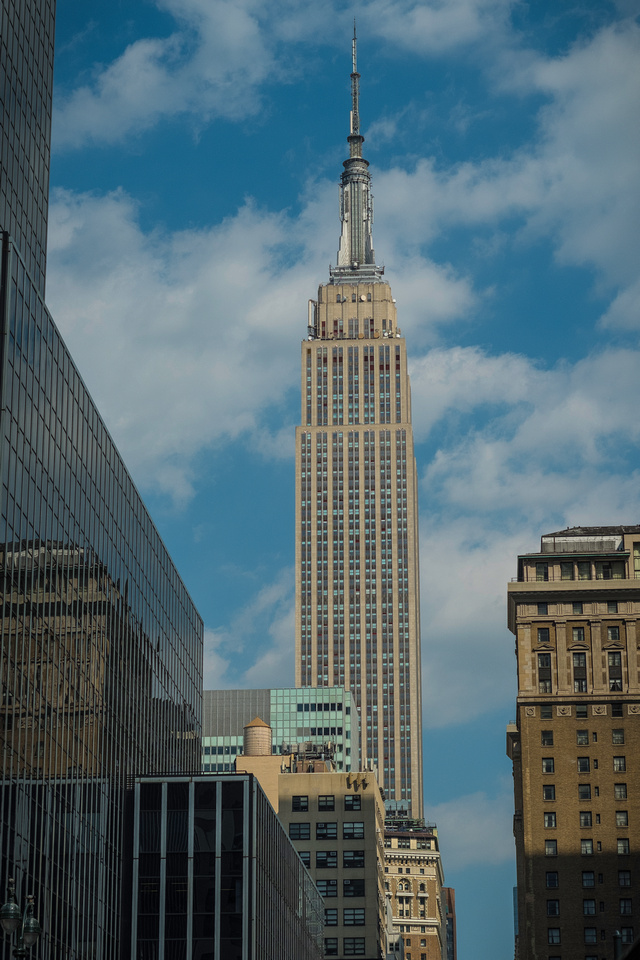

Like 99% of the time, we buy or use a camera body with the same brand of lens. In recent decades, with digital camera bodies having new versions every one to two years there is a tendency to upgrade and replace camera bodies on a fairly regular basis.
Lenses, in contrast, seem to be immune to this gear ADHD. Then, there are those heirloom lens varieties that result in those GAS flare-ups that we all suffer from time to time. You know the ones I mean such as the Canon 50mm f/0.95 , Nikon’s 58mm f/1.2 “Noct”, the Carl Zeiss Planar 80mm f/2.8 mated to the medium format Hasselblad, or the Leica 50mm Summicron-M f/2 considered the sharpest lens ever made. These are rare, expensive as hell, but unmistakably outstanding performers.
There appears to be an upward trend in the concept of mis-matching bodies and lenses. This is evidenced by the virtual myriad of adapters available today. You can just about get any adapter to make any brand of camera work with any brand of lens these days. Digital shooters want to shoot their old heirloom manual lenses on their new DSLR or mirrorless bodies for that blast from the past feeling [in full manual mode of course].
Interested in jumping on the hybrid bandwagon? Usually this entails screwing a manual lens of Brand X to a digital or other film camera of Brand X. You could go the other way around, or across brands but your successes here will vary. First, you will need to consider the following factors:
- Will Lens X fit on Body Y? Since around 1959 and the first “F” camera rolled off the assembly line, Nikon has used the famous “F” mount on all SLR and DSLR cameras over the last 60 years! Even the new "Z" mirrorless will have a Z to F adapter [Thanks for that, Nikon, I hope you’re reading this]. While Nikon seems to be the most sane and practical in this design feature, other camera makers seem to change lens mounts every time there is a new Olympic Games.
- Assuming that you can find the adapter combination that you need. Is it worth spending the money on that adapter or will you use it once and end up tossing it in that abyss of a bag at the bottom of your closet with random one-off camera knick knacks like that 39.567 mm filter thread that fits some rare Russian range finder that you lost a decade ago?
- Go Full Manual or Bust. Assuming that you score the correct adapter that will fit your camera and lens, you would be lucky to have zero light leaks since the quality control on these things seem to be comparable to an old Yugo. Forget autofocus, metering, exif data, or just about any electronic communication between your camera and lens body. If you cross brands, your gear will resist the electronic handshake for sure.
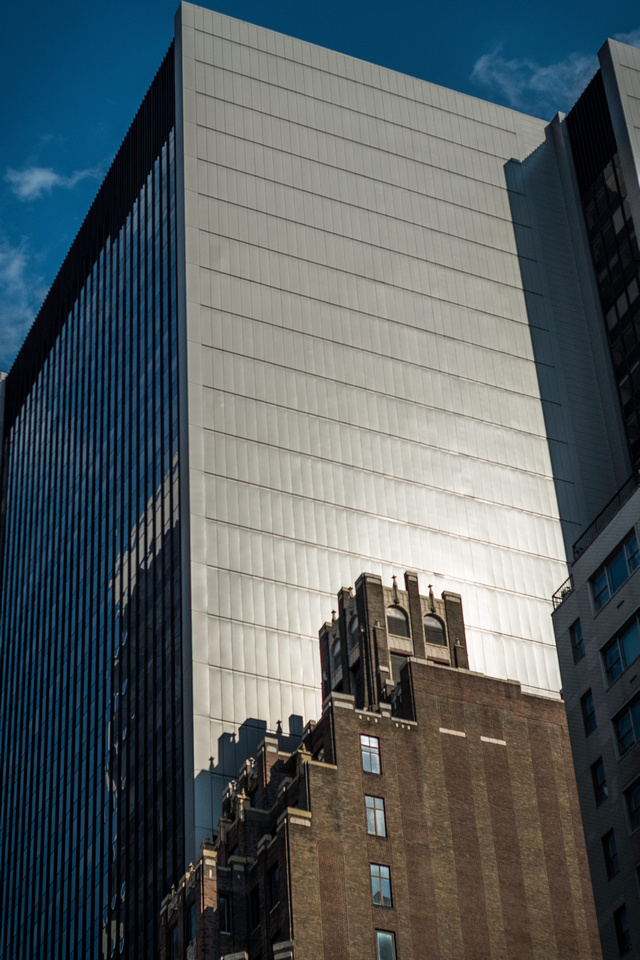

After all of these considerations, you can still have fun shooting old manual lenses on today’s smaller, lighter, digital camera bodies. I recently mated up a Leica 50mm lens to my Fujifilm X-E3 and it works pretty well. You get that interesting hybrid sensation of using manual focus but with the instant gratification of a modern sensor. I’ll admit the shooting style is strange and it takes some getting use to but you might find it worth the effort. I found the images were sort of Meh.
This is just another type of shooting style or technique to add to your repertoire. It won’t make your images any better but you might have a pinch more fun in the process and that makes it worth a try.
The light is always right.
jhg
*Images: © Jeremy H. Greenberg
Where: New York City July 2018
Subject: Architectural Photography
Gear: Fujifilm X-E3 + Fujifilm 18mm f/2.0
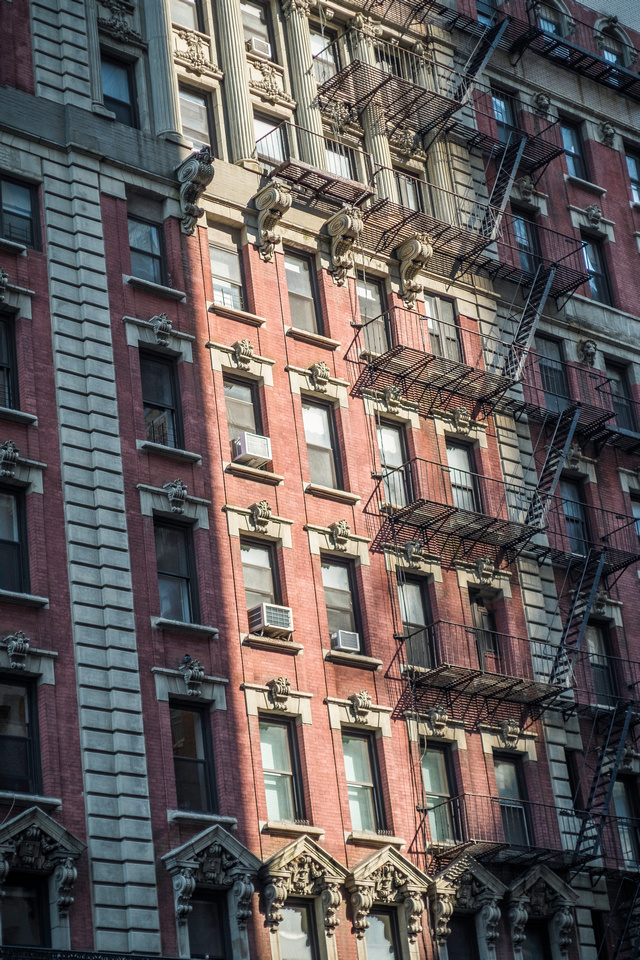

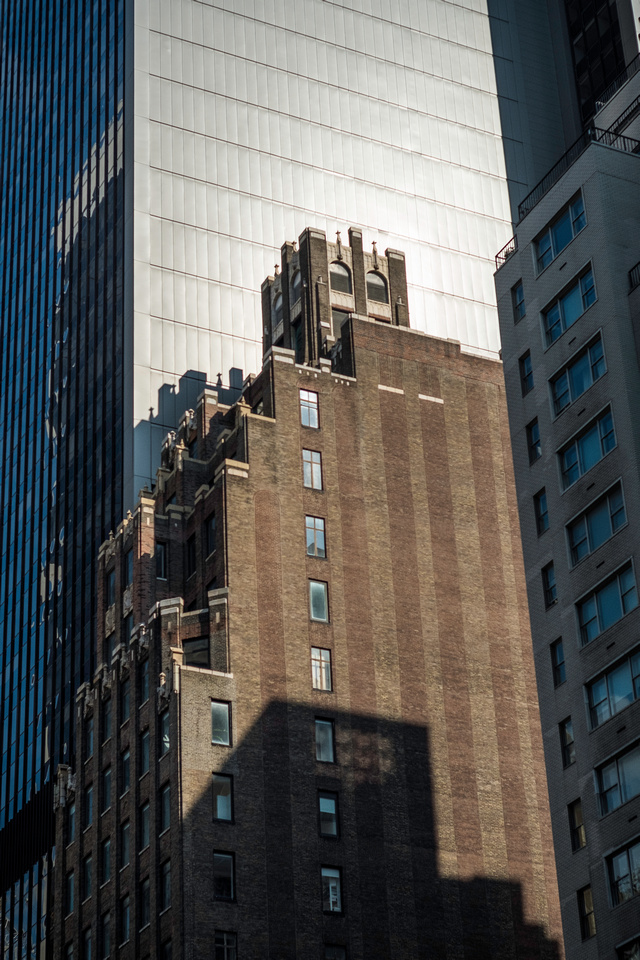

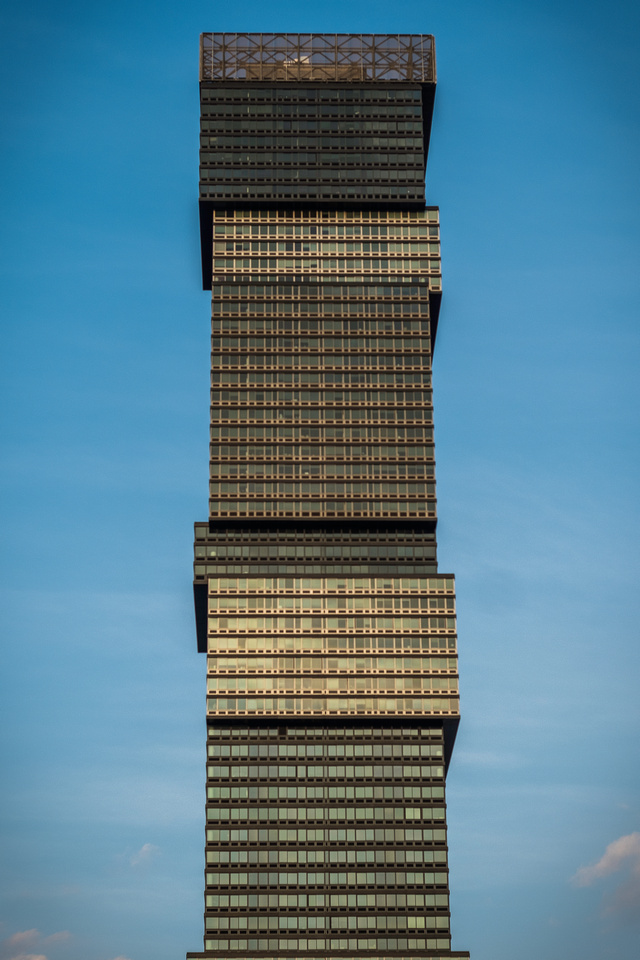

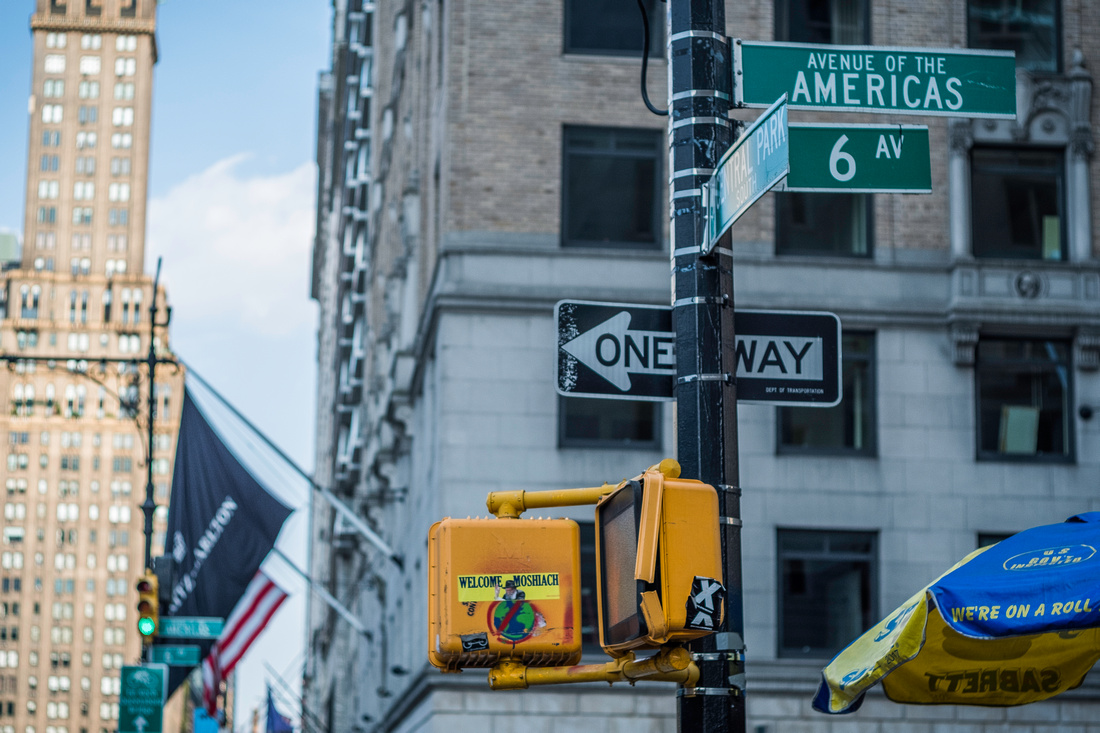

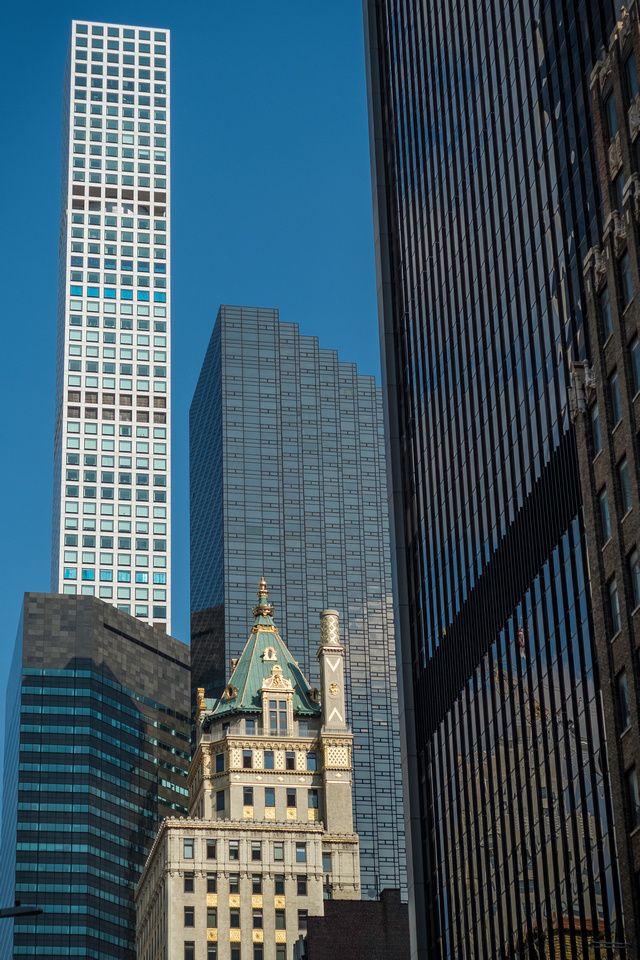

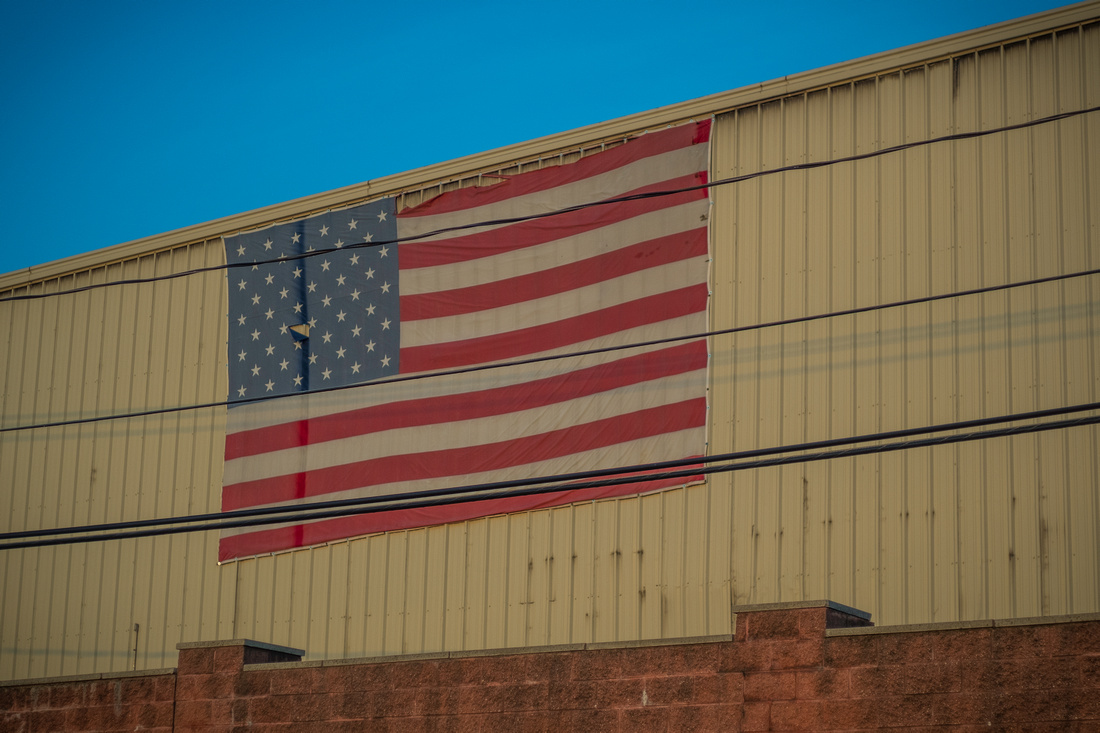

National Geographic Travel Photographer of the Year 2017 Editor’s Favorite: Galleries: Week 4 Cities & People
Casual Photophile Tip & Techniques No. 001 The Subject is the Subject
The Inspired Eye Photography Magazine Issue #40 (full interview)
Hong Kong Free Press: HKFP Lens
Blog #18 Criticizing Photographs or Beyond the “like”
Blog #25 Don’t Be Afraid of the Dark[room].
Blog #47 Composition, Composition, and More Composition
Blog #65 Summer is for Travel (Hanoi)
Blog #67 Risks, Rules, & Restrictions
Blog #68 Photography is a Gift
Blog #72 Living the Creative Life
Blog #90 Restrictions, Revisited
Blog #93 Photographic Technique
Blog #105 Signs, Signs, Everywhere a Sign